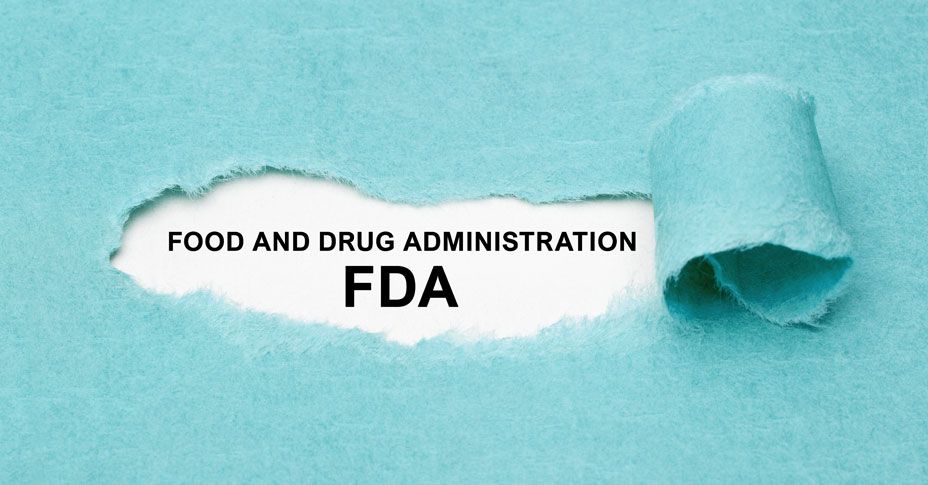Investigating Out-of- Specification (OOS) Test Results for Pharmaceutical Production Guidance for Industry
医薬品製造における規格外(OOS)試験結果の調査に関する業界向けガイダンス【第3回】

【第3回】医薬品製造における規格外(OOS)試験結果の調査に関する業界向けガイダンスの和訳。
Ⅲ. IDENTIFYING AND ASSESSING OOS TEST RESULTS — PHASE I: LABORATORY INVESTIGATION
OOS 試験結果の特定と評価 —フェーズI:試験室の調査
FDA regulations require that an investigation be conducted whenever an OOS test result is obtained (§ 211.192).6 The purpose of the investigation is to determine the cause of the OOS result. The source of the OOS result should be identified either as an aberration of the measurement process or an aberration of the manufacturing process. Even if a batch is rejected based on an OOS result, the investigation is necessary to determine if the result is associated with other batches of the same drug product or other products. Batch rejection does not negate the need to perform the investigation. The regulations require that a written record of the investigation be made, including the conclusions and follow-up (§ 211.192).
FDAの規則は、試験結果がOOSとなった場合には必ず調査を行うことを要求している(§211.192)6。 調査の目的は、OOSの原因を特定することである。その原因が分析手順の異常か製造の異常かを特定しなければならない。OOSにより不合格とされたバッチについても、その影響が他の同一製品や他の製品のバッチに広がっていないかを確認するため、調査が必要である。バッチを不合格としても、調査は実施しなければならない。規則では、調査の結論とその後のフォローを含めた記録書の作成が求められている(§211.192)。
To be meaningful, the investigation should be thorough, timely, unbiased, well-documented, and scientifically sound. The first phase of such an investigation should include an initial assessment of the accuracy of the laboratory's data. Whenever possible, this should be done before test preparations (including the composite or the homogenous source of the aliquot tested) are discarded. This way, hypotheses regarding laboratory error or instrument malfunctions can be tested using the same test preparations. If this initial assessment indicates that no causative errors were made in the analytical method used to arrive at the data, a full-scale OOS investigation should be conducted. For contract laboratories, the laboratory should convey its data, findings, and supporting documentation to the manufacturing firm’s quality unit (QU). The manufacturing firm’s QU should then initiate the Phase 2 (full-scale) OOS investigation, whenever no clearly causative laboratory error was identified.
調査を有意義なものとするには、科学的に健全で、偏りのない調査を徹底的かつ適時に行い、きちんと文書化すべきである。このような調査の第一段階として、試験室のデータが正確であるかどうかの初期評価を行うべきである。可能な限り、これは試験のために調整したもの(試験に用いるために分割する前の複合または均質な試料を含む)を廃棄する前に行うのが望ましい。こうすることで、試験室での操作エラー(ラボエラー)や機器の誤動作に関する仮説を同じ調製物を用いて検証することができる。この初期評価により、そのデータが得られた分析方法にOOSの原因となるようなエラーがないことが示された場合には、本格的なOOS調査を実施すべきである。受託試験所の場合、試験所はそのデータ、所見、および補足資料を製造会社の品質部門(QU)に伝えるべきである。明らかに原因と思われるラボエラーが特定されなければ、製造会社のQUは、その後、フェーズ2の(フルスケール)OOS 調査を開始すべきである。
A. Responsibility of the Analyst 試験担当者の責任
The first responsibility for achieving accurate laboratory testing results lies with the analyst who is performing the test. The analyst should be aware of potential problems that could occur during the testing process and should watch for problems that could create inaccurate results.
正確な試験結果を得るための第一の責任は、試験担当者にある。試験担当者は、試験プロセス中に発生し得る潜在的な問題を認識し、不正確な結果につながる可能性のある問題に注意すべきである。
In accordance with the CGMP regulations in § 211.160(b)(4), the analyst should ensure that only those instruments meeting established performance specifications are used and that all instruments are properly calibrated.
§211.160 (b)(4)のCGMP規則に従い、試験担当者は、定められた性能仕様を満たす機器のみが使用され、すべての機器が適切に校正されていることを確認しなければならない。
Certain analytical methods have system suitability requirements, and systems not meeting these requirements should not be used. For example, in chromatographic systems, reference standard solutions may be injected at intervals throughout chromatographic runs to measure drift, noise, and repeatability. If reference standard responses indicate that the system is not functioning properly, all of the data collected during the suspect time period should be properly identified and should not be used. The cause of the malfunction should be identified and, if possible, corrected before a decision is made whether to use any data prior to the suspect period.
ある種の分析法にはシステム適合性の要件があり、これを満たしていない装置を使用してはならない。例えば、クロマトグラフィー装置では、クロマトグラフィーの実行中、ドリフト、ノイズ、再現性の確認のため、間隔を置いて、標準品の溶液を注入する。標準品の値から装置が適切に機能していないことが疑われた場合、その期間に収集されたすべてのデータを適切に特定すべきであり、そのデータは使用してはならない。また、不具合の原因を特定し、可能であれば、疑わしい期間以前のデータを使用するかどうかを決定する前に、不具合を修正する必要がある。
Analysts should check the data for compliance with test specifications before discarding test preparations or standard preparations. When unexpected results are obtained and no obvious explanation exists, test preparations should be retained, if stable, and the analyst should inform the supervisor. An assessment of the accuracy of the results should be started immediately.
試験担当者は、試料調製物や標準品溶液を廃棄する前に、データが試験の仕様に適合しているかどうかをチェックする必要がある。予期せぬ結果が得られ、明確な説明ができない場合は、試料調製物が安定していれば保存し、試験担当者は試験室の責任者への報告を行う。結果が正しいかどうかの確認を直ちに開始すべきである。
If errors are obvious, such as the spilling of a sample solution or the incomplete transfer of a sample composite, the analyst should immediately document what happened. Analysts should not knowingly continue an analysis they expect to invalidate at a later time for an assignable cause (i.e., analyses should not be completed for the sole purpose of seeing what results can be obtained when obvious errors are known).
試料液をこぼした、あるいは複合試料を移し切れていなかったなど、エラーがあったことが明白な場合、試験担当者は、発生した事象を直ちに確認し、文書化すべきである。試験担当者は、しかるべき理由により、後に無効になることが予想される分析を故意に継続してはならない。(すなわち、明白なエラーがあったことがわかっている際に、どのような結果が得られるかを知ることだけを目的として分析を行ってはならない。)
6. Although the subject of this document is OOS results, much of the guidance may be useful for examining results that are out of trend. 本文書はOOSを主題としているが、ガイダンスのかなりの部分は、傾向外(OOT)試験結果の検討にも役立つ。
2ページ中 1ページ目












コメント
/
/
/
この記事へのコメントはありません。
コメント